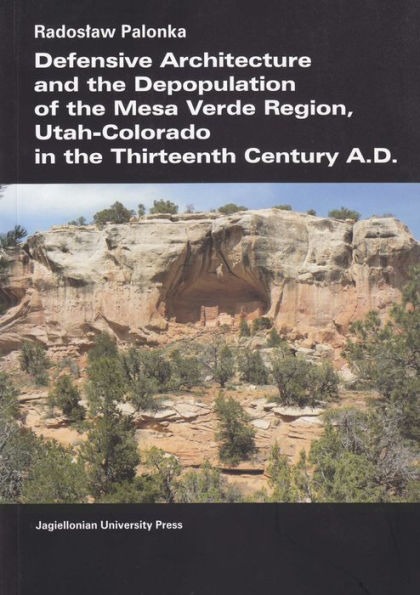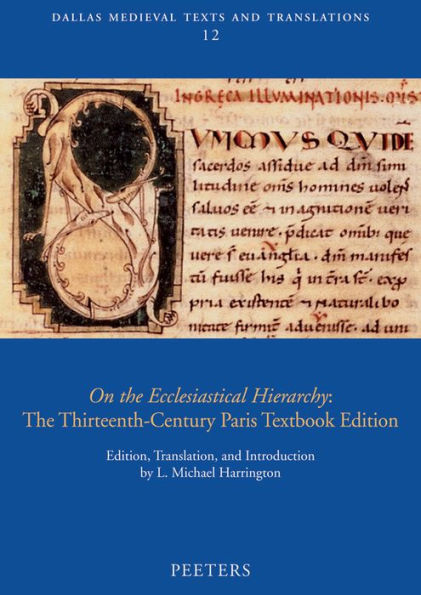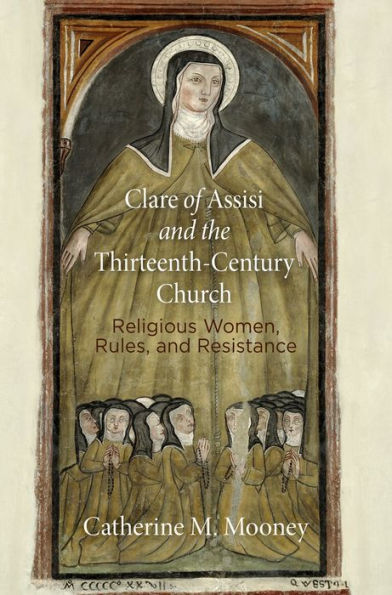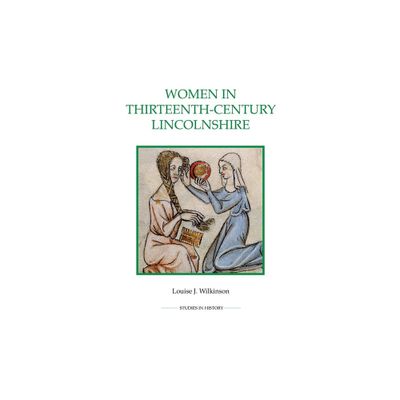Home
Defensive Architecture and the Depopulation of the Mesa Verde Region: Utah-Colorado in the Thirteenth Century A.D.
Loading Inventory...
Barnes and Noble
Defensive Architecture and the Depopulation of the Mesa Verde Region: Utah-Colorado in the Thirteenth Century A.D.
Current price: $45.00


Barnes and Noble
Defensive Architecture and the Depopulation of the Mesa Verde Region: Utah-Colorado in the Thirteenth Century A.D.
Current price: $45.00
Loading Inventory...
Size: OS
*Product Information may vary - to confirm product availability, pricing, and additional information please contact Barnes and Noble
The thirteenth century A.D. was a time of many changes and reorganization in the ancient Pueblo world in the Mesa Verde region. Still unresolved are the causes of the migration of Pueblo people from the Mesa Verde region to the south and southeast in the end of the century. The theories most cited and most supported by scientific data include environmental changes, increasing conflict and violence, social changes, and the attraction of a new cult or ideologies from the south. However, it seems that none of these theories can fully explain the total depopulation of the region. One reason often cited for the depopulation of the area is increasing conflict and violence. Evidence of conflict is clearly visible archaeologically: sites located in places difficult to access; defensive buildings, and settlement layouts; human remains with evidence of a violent death; and rock art depicting violent interactions. Durgaing the thirteenth century A.D. many types of defensive architecture including towers, underground tunnels connecting structures in a settlement, loopholes, and massive stone walls that partly or fully enclosed villages were constructed in the central Mesa Verde region. These architectural changes were associated with population aggregation and relocation; during the thirteenth century, most people probably lived in large settlements situated such that they were difficult to access and easy to defend. In many villages, water sources were secured within the boundary of the settlement or were at least nearby. However, it is difficult to determine whether the defensive architecture and defensible locations were not enough of an obstacle against possible attackers as Pueblo Indians emigrated from the Mesa Verde region near the end of the thirteenth century A.D. into what are now northern and central Arizona and New Mexico.


















